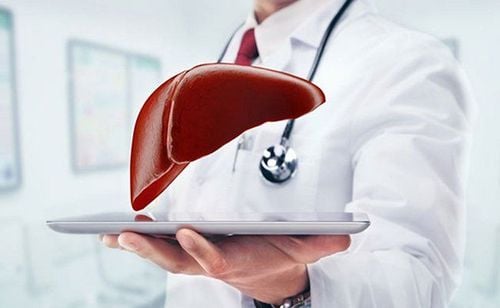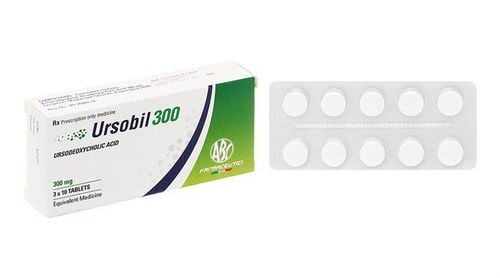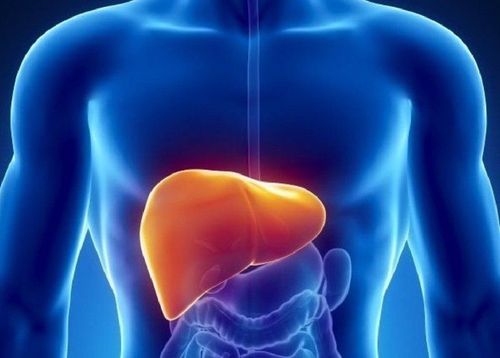This is an automatically translated article.
The article was professionally consulted by a Gastroenterologist, Department of Examination & Internal Medicine - Vinmec Hai Phong International General Hospital.Advanced cirrhosis or decompensated cirrhosis is a disease that causes impaired liver function, which can lead to many dangerous and life-threatening complications. Timely detection and treatment is an effective measure to help improve the condition of the disease, good support for the process of restoring liver function.
1. Clinical diagnosis
In patients with compensated cirrhosis, the signs of the disease are not clear. Patients only feel that they don't eat well, can't eat, have trouble sleeping, etc. Many people only accidentally discover the disease at this stage when they go to the doctor.At the advanced stage of cirrhosis (cirrhotic ascites), the liver has been damaged at a functional level, the signs of the disease are more obvious such as:
People are tired, have no energy Dizziness, lightheadedness , nausea, loss of concentration, memory loss Loss of appetite Rapid weight loss Jaundice, yellow eyes Edema, ascites Dilated capillaries like spider webs (usually in the chest, neck, arms) Easy to bleed, bruise. Low urination, dark urine Loss of menstrual period: for women Loss of ability to have sex, breast discharge and growth: for men Some patients with cirrhosis develop when complications appear. present: vomiting blood, black stools, abdominal pain, fever, confusion...

Chóng mặt, choáng váng, buồn nôn là những dấu hiệu của bệnh xơ gan cổ trướng
2. Diagnosis through tests
Based on the initial symptoms, if the patient is suspected of having cirrhosis, the doctor will assign the patient to conduct diagnostic tests for advanced cirrhosis, including:Blood tests: complete cytology test peripheral blood cells, basic coagulation and blood biochemical tests (liver enzymes, Bilirubin, Protein, Albumin, kidney function, electrolytes...) Urinalysis: total urinalysis, urinary electrolytes if already have ascites Hepatitis B virus test Abdominal ultrasound, computed tomography scan, liver magnetic resonance imaging to know the extent of liver damage Esophagogastroduodenoscopy, check true varices esophagus, stomach Biochemical tests, cells, ascites fluid
3. Definitive diagnosis

Tầm soát các bệnh lý về gan mật là cách tốt nhất để bảo vệ sức khỏe
Periodic physical examination, hepatobiliary screening at least every 6 months, range Controlling liver and biliary diseases is the best way to protect health, early detection of disease and signs of disease to conduct treatment of cirrhosis and ascites, timely intervention.
Please dial HOTLINE for more information or register for an appointment HERE. Download MyVinmec app to make appointments faster and to manage your bookings easily.













